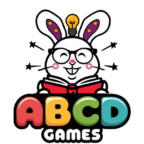Respect is a fundamental value that lays the foundation for healthy relationships, effective communication, and a harmonious society. As parents, one of our primary responsibilities is to instill this essential quality in our kids from a young age. Teaching respect goes beyond simply telling kids to be polite; it involves modeling behavior, creating a nurturing environment, and providing opportunities for them to practice respect in their daily interactions. In this blog, we’ll explore practical strategies and tips to help parents guide their kids in understanding the importance of respect for others, fostering empathy, and building strong, respectful relationships that will serve them throughout their lives. Let’s embark on this journey together, ensuring our kids grow up to be considerate, compassionate individuals who value and honor the feelings of those around them.
Here is the updated chart that includes both steps and games for teaching respect to kids:
Steps and Games for Teaching Respect to Kids
| Sr no. | Activities | Description |
| 1 | Discuss the Concept of Respect | Define respect and involve kids in discussions about respectful behavior. |
| 2 | Model Respectful Behavior | Demonstrate respect through your actions and interactions with others. |
| 3 | Role-Playing Scenarios | Engage in role-playing to help kids practice respectful social behaviors. |
| 4 | Encourage Empathy | Promote understanding by discussing others’ feelings and perspectives. |
| 5 | Teach Communication Skills | Teach kids to communicate clearly and respectfully with others. |
| 6 | Encourage Reflection | Encourage kids to reflect on their actions and learn from their experiences. |
| 7 | Celebrate Acts of Respect | Recognize and celebrate when kids display respectful behavior. |
| 8 | Set Clear Expectations | Provide specific guidelines and examples for respectful behavior. |
| 9 | Incorporate Diversity Awareness | Teach kids to appreciate and respect diversity in all its forms. |
| 10 | Encourage Community Involvement | Encourage participation in community service and group activities. |
| 11 | Teach Conflict Resolution Skills | Teach kids how to resolve conflicts respectfully and fairly. |
| 12 | Encourage Peer Feedback | Promote a respectful environment by encouraging constructive feedback. |
| 13 | Compliment Circle (Game) | A game where kids give each other compliments to foster positive communication. |
| 14 | Role-Play Charades (Game) | Kids act out scenarios without speaking to demonstrate respectful behavior. |
| 15 | Respect Pictionary (Game) | Kids draw respectful actions for others to guess and discuss the meaning. |
| 16 | Emotion Charades (Game) | Kids act out different emotions to understand feelings and respect others. |
| 17 | Circle of Trust (Game) | A game where kids trust and support each other, building respect and teamwork. |
This chart summarizes both practical strategies and fun games to engage kids in learning about respect.
How to Teach Kids to Treat Others Respectfully:
Teaching kids to treat others respectfully is essential for fostering healthy relationships and creating a positive environment. Here’s a detailed guide on how to teach respect to kids:
1. Discuss the Concept of Respect:
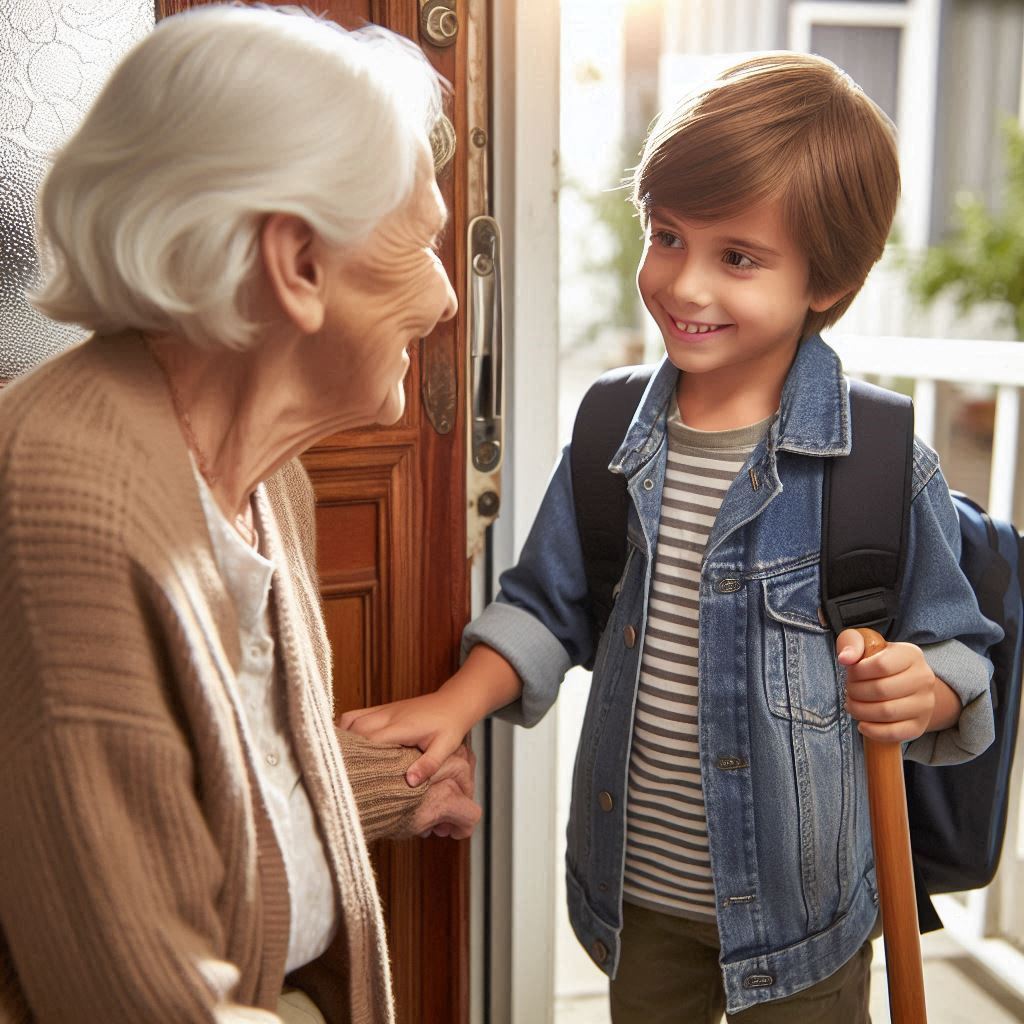
You can start by defining what respect means- respect can be understood as treating others the way they want to be treated. It means valuing people’s feelings, opinions, and boundaries. When kids think about respect, they often relate it to their everyday experiences with friends, family, teachers, and even pets. You should involve your kid in the conversation related to home and school. Also, you should share your real-life stories to kids about events that highlights respectful and disrespectful behavior.
2. Model Respectful Behavior:

Modeling respectful behavior means demonstrating how to treat others kindly and thoughtfully through your action. You can teach your kids respectful behavior considering following points:
1. You can ask kid to pay attention when others speak and don’t interrupt.
2. You can teach kid to say “please”,” “thank you,” in a friendly tone.
3. You can tell kid to acknowledge and thank people for their help and contributions.
Remember, Kids learn by observing adults, so your respectful behavior encourages them to behave similarly.
By modeling respect, you help kids understand its value and encourage them to practice it in their daily lives.
3. Role-Playing Scenarios:

Role-playing scenarios are fun activities where kids act out different situations to practice social skills and understand respectful behavior. Here are some simple scenarios:
1. Sharing Toys: Two kids play with a toy. One has to learn how to share when the other wants a turn.
2. Helping a Friend: One child pretends to be sad or upset, and other practices comforting and supporting them.
4. Standing Up to Bullying: One child act as a bully, while another practices how to stand up for someone being teased.
5. Joining a Group: A new child approaches a group of kids playing, and they practice welcoming and including them.
This scenario will help Helps kids understand others’ feelings and perspectives and how to express thoughts and feelings clearly.
4. Encourage Empathy:
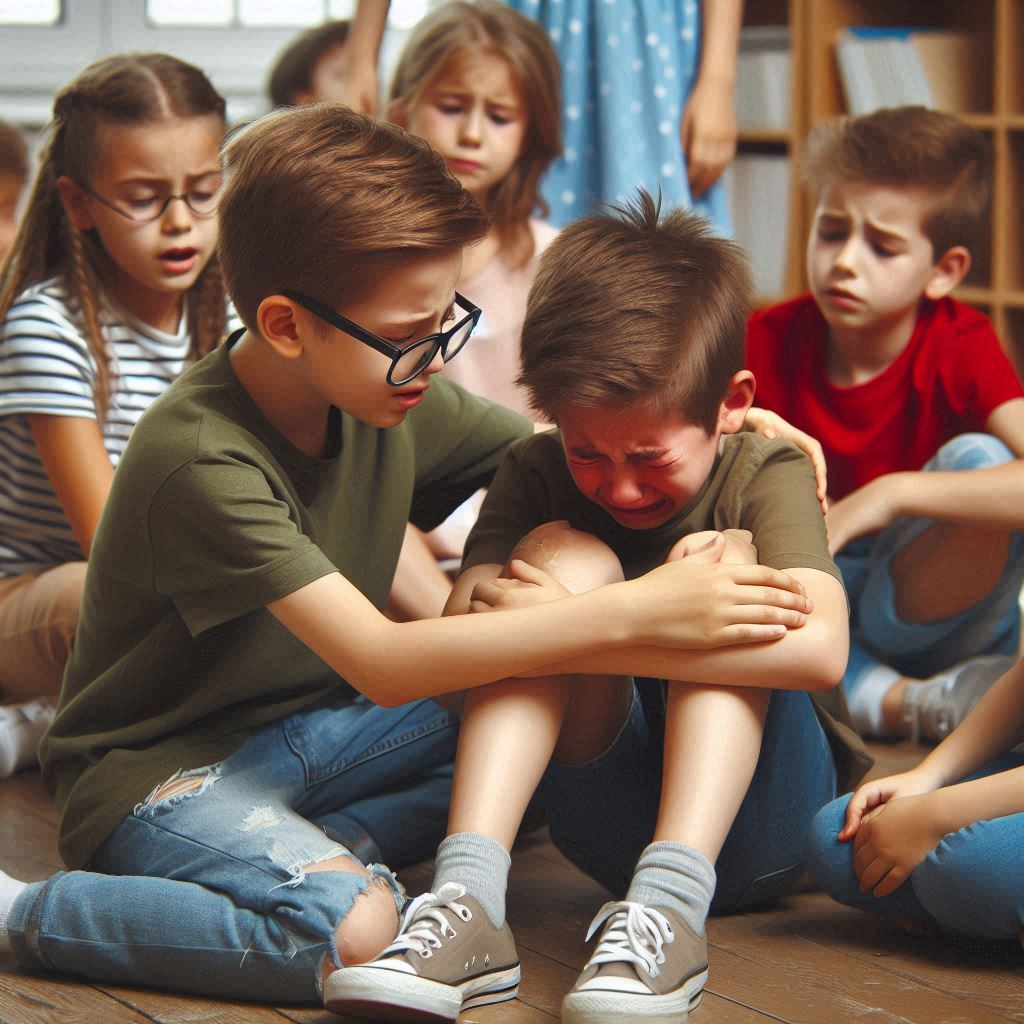
Empathy is the ability to understand and share the feelings of others. You can talk about different emotions and ask kids how they think others might feel in various situations. For this, you can use a chart with different emotions. Also, encourage kids to imagine how someone else feels in specific scenarios, such as a friend who is upset. As a parent you should promote small acts of kindness, like helping a classmate or comforting a friend, to reinforce understanding and caring behavior.
By encouraging empathy, kids learn to connect with others, fostering positive relationships and a caring community.
5. Teach Communication Skills:

Communication skills involve the ability to express thoughts, feelings, and ideas clearly and effectively. Respectful interactions often rely on effective communication. You can teach communication skills considering following points:
1. Teach kids to listen attentively by making eye contact, nodding, and not interrupting when someone else is speaking.
2. Encourage kids to use “I” statements (e.g., “I feel sad when…”) to communicate their emotions and needs.
3. Explain the importance of nonverbal communication, such as gestures and facial expressions, in conveying messages.
4. Practice different scenarios where kids can use their communication skills, such as introducing themselves.
6. Encourage Reflection:
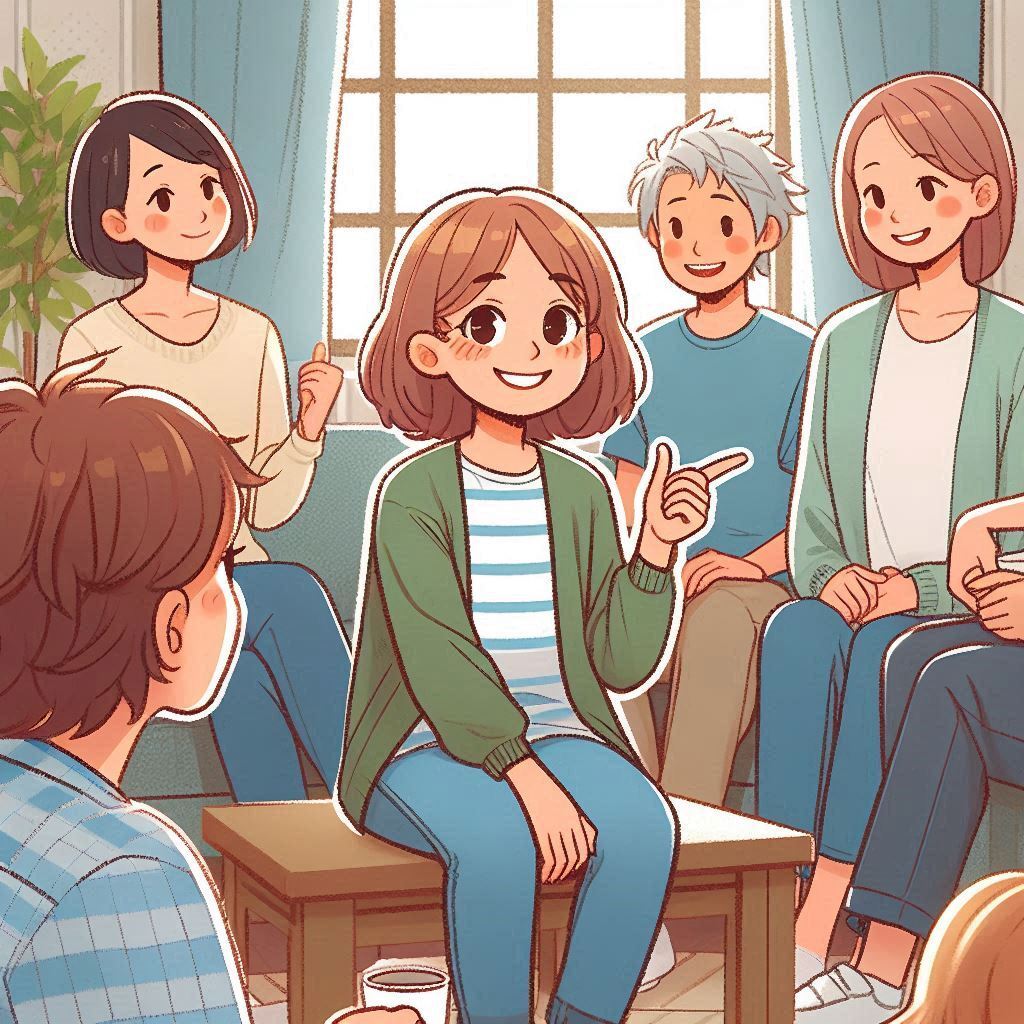
Reflection involves thinking about experiences, actions, and feelings to gain insights and learn from them. Reflection helps kids process their actions and their impacts on others. Consider following points while encouraging reflection to kids:
1. After an activity or interaction, ask open-ended questions like, “How did that make you feel?” or “What would you do differently next time?”
2.Help them consider the impact of their actions on others. Ask, “How do you think that affected your friend?”
3. Foster an environment where kids feel comfortable sharing their thoughts and feelings without judgment.
Encouraging reflection helps kids develop self-awareness, learn from their experiences, and make more thoughtful choices in the future.
7. Celebrate Acts of Respect:

The celebrating acts of respect involves recognizing and acknowledging kind and respectful behaviors in children. Recognizing and celebrating respectful behavior reinforces its importance.
For celebrating acts of respect consider following points:
1. Praise kids when they show respect, whether it’s sharing, listening, or helping others. Simple “thank you” or “great job” goes a long way.
2. Create certificates or awards for kids who consistently demonstrate respectful behavior, celebrating their contributions in front of peers.
Celebrating acts of respect reinforces positive behavior, encourages kids to continue being kind, and helps build a respectful and supportive environment.
8. Set Clear Expectations:

Setting clear expectations involves communicating specific guidelines and standards for behavior to help children understand what is expected from them.
To effectively teach respect to children and set clear expectations, start by asking them what respect means and how they practice it. Use their answers to assess their understanding, providing positive reinforcement for correct ideas and gentle guidance where they may be mistaken. Setting clear expectations involves providing specific, actionable behaviors that demonstrate respect, ensuring children know exactly what is expected of them. Here’s how to set clear expectations:
Define specific behaviors: Clearly state what respect looks like in action, such as listening when others speak, using kind language, and accepting differences.
Provide examples: Offer real-life scenarios to illustrate respectful behavior in context.
Consistency: Reinforce these expectations regularly through praise when they are met and constructive feedback when they are not.
Model respect: Demonstrate respectful behavior in your own actions as a guide for your children.
By doing this, children will better understand what is expected of them and how to incorporate respectful behavior into their daily lives.
Setting clear expectations helps kids understand acceptable behavior, promotes accountability, and fosters a positive and respectful environment.
9. Incorporate Diversity Awareness:

Incorporating diversity awareness involves teaching children to recognize, respect, and appreciate differences among people, including cultures, backgrounds, abilities, and perspectives. Teaching respect for diversity helps kids appreciate and respect differences in others.
You can discuss with kids about diversity with the help of following points:
1. Encourage discussions about different customs, traditions, and celebrations, highlighting what makes each unique.
2. Present role models from various backgrounds to show diversity in action.
3. Organize activities that reflect diverse cultures, such as cooking traditional dishes, learning dances, or exploring different art forms.
4. Create a safe space for kids to ask questions about differences.
Incorporating diversity awareness helps kids develop empathy, fosters inclusivity, and prepares them to navigate a diverse world with respect and understanding.
10. Encourage Community Involvement:
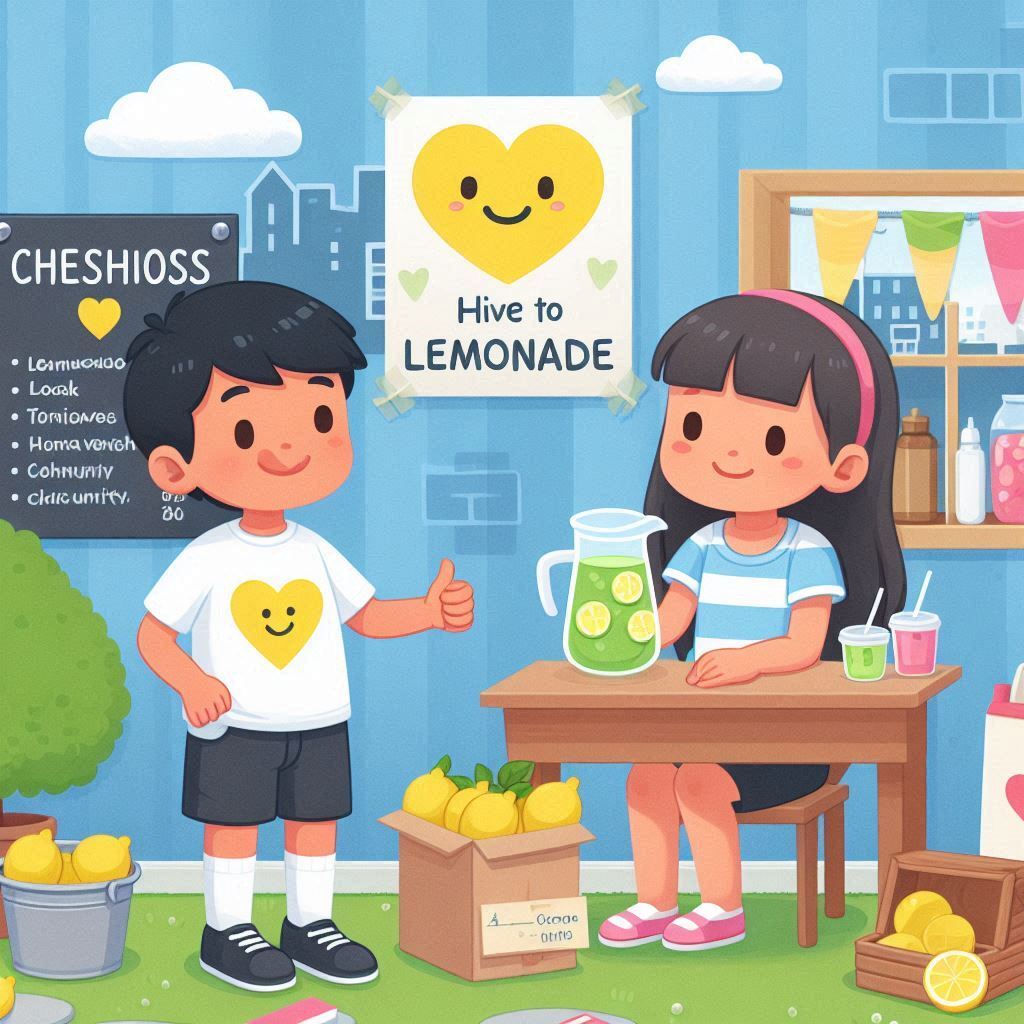
Encouraging community involvement means motivating children to participate in activities that benefit their local community and connect them with others. Engaging in community service or group activities can reinforce the importance of treating others with respect.
For encouraging community involvement in kids, consider following points:
1. Discuss the importance of supporting local businesses and initiatives, teaching kids about community pride.
2. Help them plan a small project, like a lemonade stand for charity or a neighborhood garden, to foster teamwork and responsibility.
3. After participating, discuss how their involvement helped others and the community, reinforcing the value of giving back.
Encouraging community involvement helps kids develop a sense of belonging, responsibility, and empathy while fostering important social skills.
11. Teach Conflict Resolution Skills:
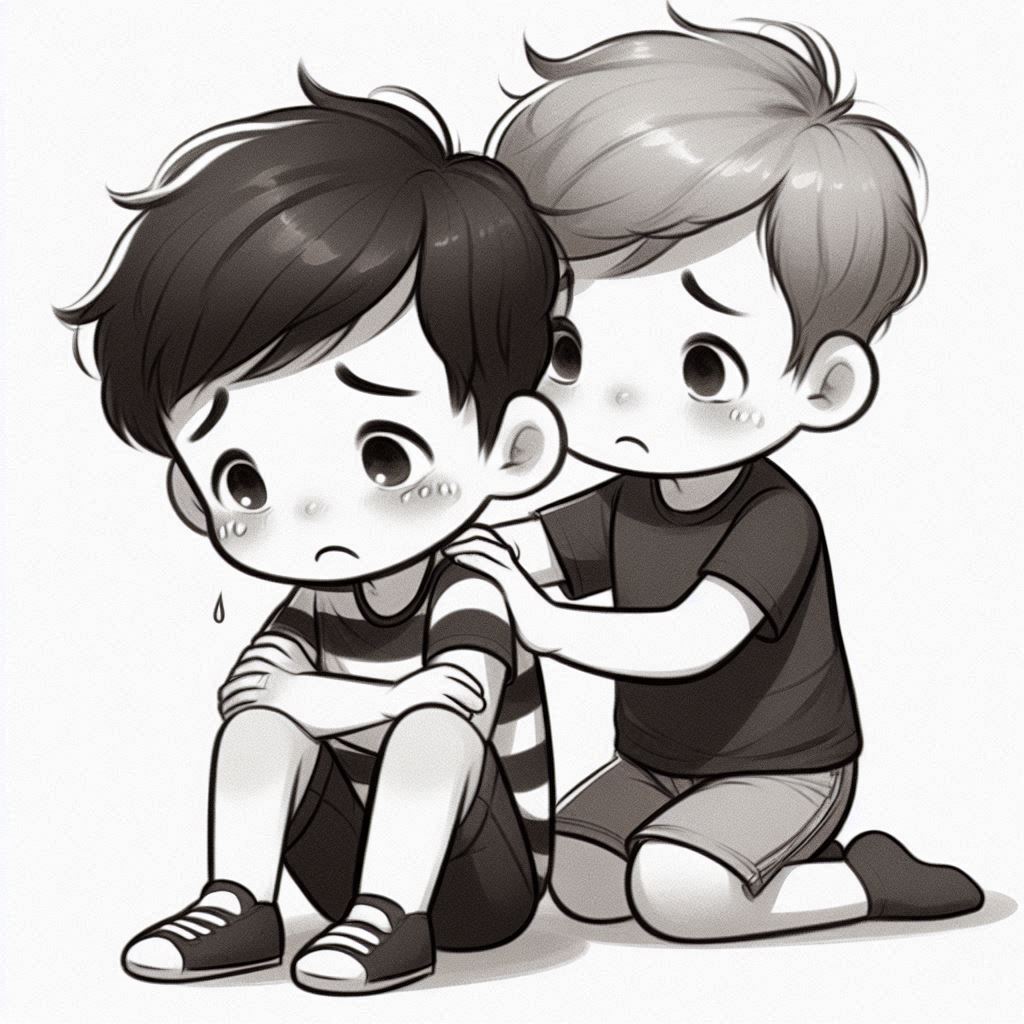
A teaching conflict resolution skill means learning how to talk about their feelings, listen to each other, and find ways to agree or compromise so everyone feels better. Teaching conflict resolution to kids can be simple and fun! Here’s a short way to explain it:
- Ask a kid to take deep breaths and try to stay cool.
- Tell kids to use “I feel” statements to express how you feel, like “I feel sad when…”
- Tell kids that let the other person share their side without interrupting.
- Ask kids to work together to come up with ideas that make people happy.
- Tell kids that if you hurt someone, a simple apology can help fix things.
Practicing these steps can help kids solve problems and keep friendships strong!
12. Encourage Peer Feedback:
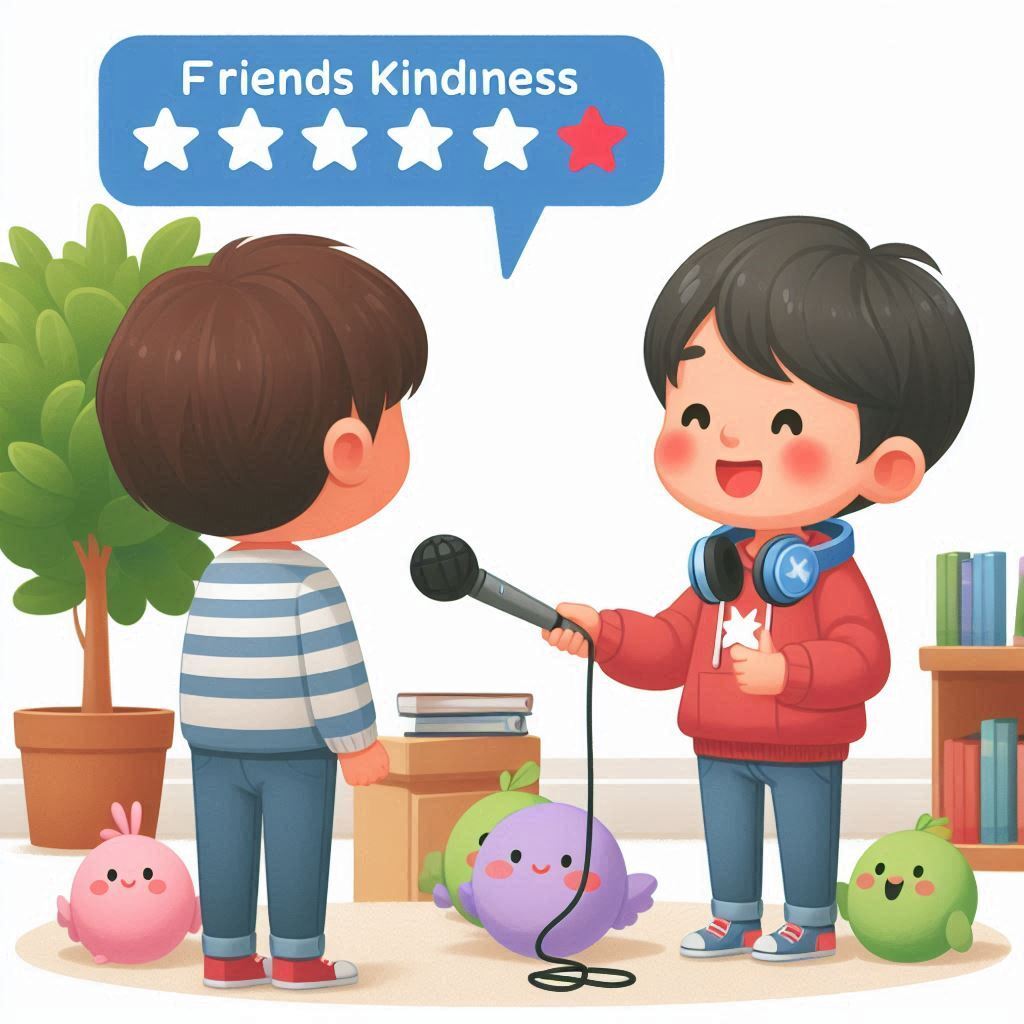
Encouraging peer feedback means helping kids share their thoughts about each other kind and helpful nature. It’s about giving compliments and suggestions to help friends improve and learn. This helps everyone grow and get better together! Learning to give and receive feedback fosters a culture of respect among peers. Encouraging peer feedback for kids can be explained with these simple points:
- Always share feedback in a friendly way.
- Say exactly what you liked or what could be better.
- Pay attention to what your friends say about your work.
- Encourage each other to explain ideas more.
- Recognize and praise each other’s achievements!
This helps everyone learn and improve together!
By implementing these strategies, you can help children understand and embody respectful behavior in their interactions. Over time, these lessons will contribute to their development into empathetic, respectful individuals who value and uplift those around them.
Respect Games:
Here are some engaging games designed to help kids learn about respect while having fun:
1. Compliment Circle:
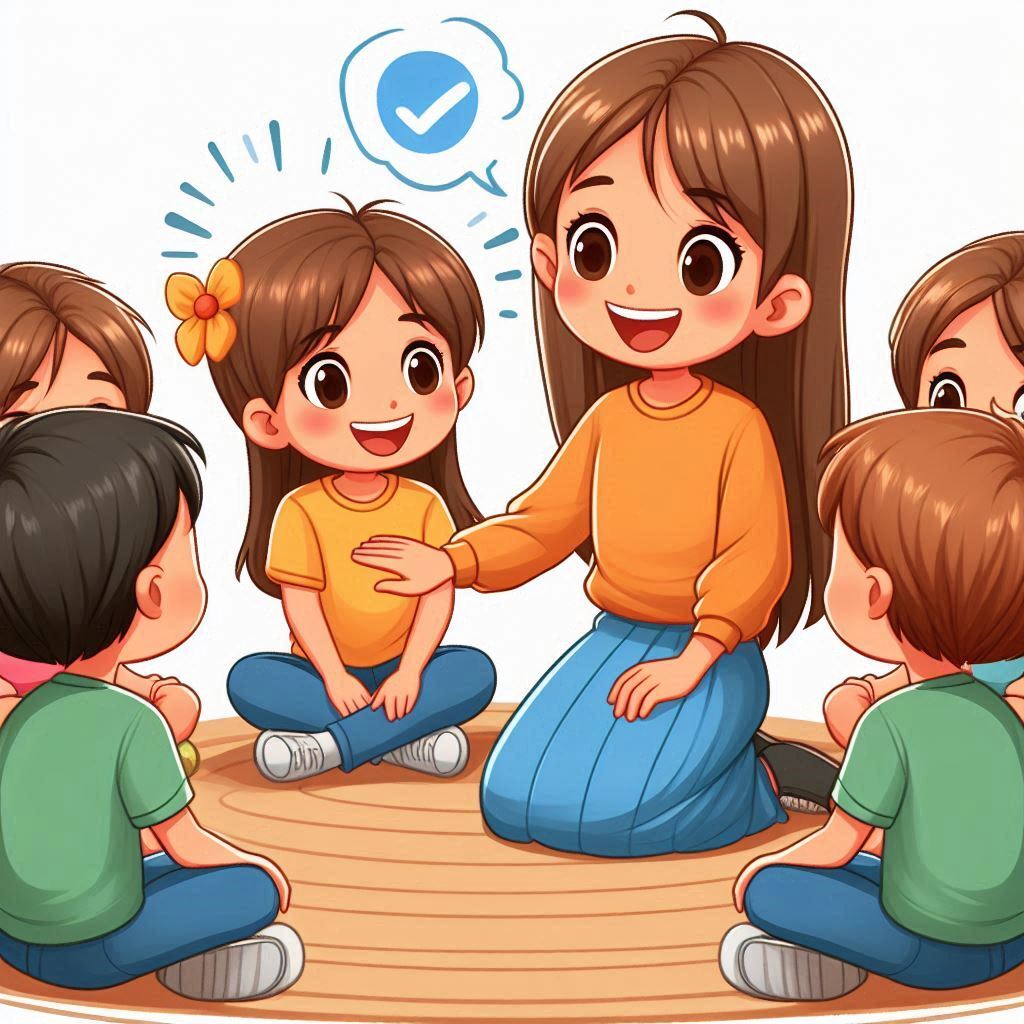
This game fosters positive communication and appreciation among kids. How to Play:
– Have the kids sit in a circle.
– One child starts by giving a sincere compliment to the person on their right.
– Continue around the circle until everyone has given and received a compliment.
– Discuss how compliments make us feel and the importance of acknowledging others’ strengths.
2. Role-Play Charades:

This game helps to practice recognizing and demonstrating respectful behavior in different scenarios. How to Play:
– Write various scenarios on slips of paper (e.g., helping someone who fell, sharing a toy, resolving a disagreement).
– Kids take turns drawing a scenario and acting it out without speaking while others guess the situation.
– After each round, discuss what respectful actions were demonstrated and how they contribute to positive interactions.
3. Respect Pictionary:
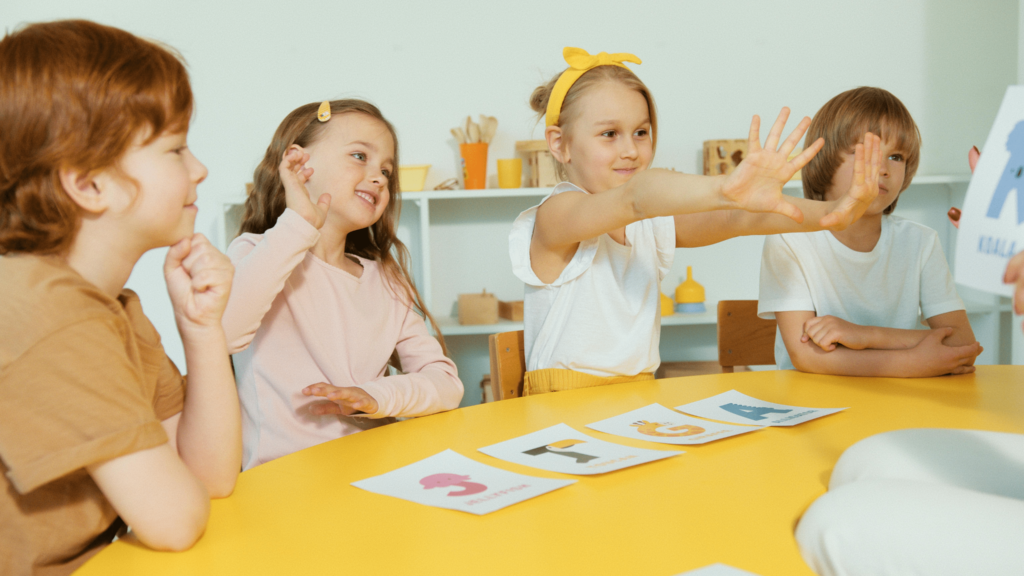
Respect Pictionary helps to identify and express respectful behaviors creatively. How to Play:
– Prepare a list of respectful actions (e.g., listening, helping, sharing).
– Kids take turns drawing a word from the list and illustrating it on a whiteboard or large paper while others guess what it is.
– After guessing, discuss why that action is respectful and how it can be applied in real life.
4. Emotion Charades:

Emotion charades helps to develop empathy and understand feelings associated with respect. How to Play:
– Prepare slips of paper with different emotions (e.g., happy, sad, angry, frustrated).
– Kids take turns acting out the emotion while others guess what it is.
– Discuss how showing respect can help people feel better and how to recognize when someone might need support.
5. Circle of Trust:
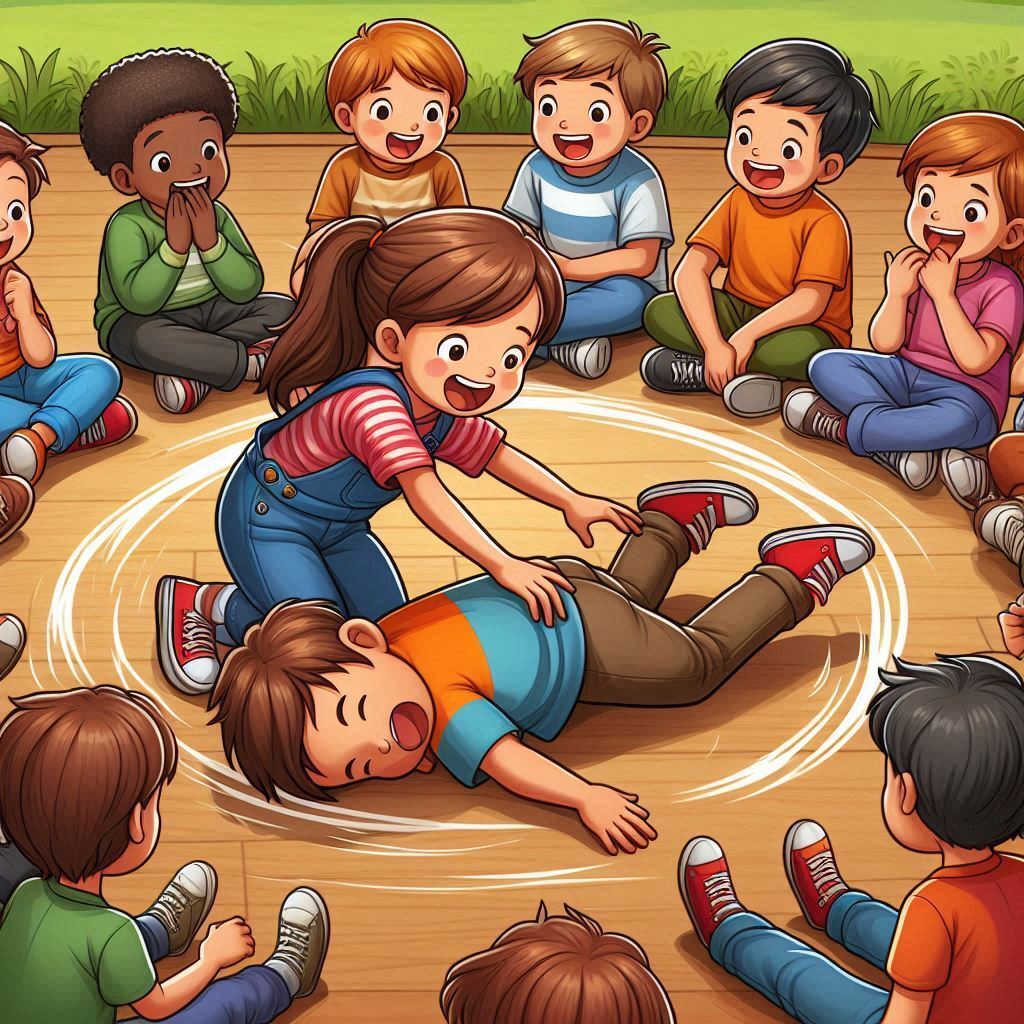
Circle of trust game will help to build trust and respect within the group of kids. How to Play:
– Have kids stand in a circle facing inward.
– One child stands in the center and falls gently backward, trusting the circle to catch them.
– Rotate turns, emphasizing the importance of trust and respect in supporting one another.
Why is Respect Important?
Respect is vital for several reasons, all of which contribute to individual and communal well-being:
1. Builds Healthy Relationships: Respectful interactions are the cornerstone of strong relationships. When kids learn to treat others well, they foster friendships and family bonds that can last a lifetime.
2. Promotes Empathy: Teaching respect is directly linked to developing empathy. When kids understand the importance of respecting others, they also learn to consider other people’s feelings and perspectives.
3. Encourages Positive Communication: Respectful behavior enhances communication skills. Kids learn to express themselves appropriately and listen actively, which is crucial for effective interactions in various settings.
5. Fosters Confidence: When kids feel respected, they are more likely to express their thoughts and feelings openly. This sense of acceptance boosts their self-esteem and encourages them to be their authentic selves.
Why To Teach Kids Respect?
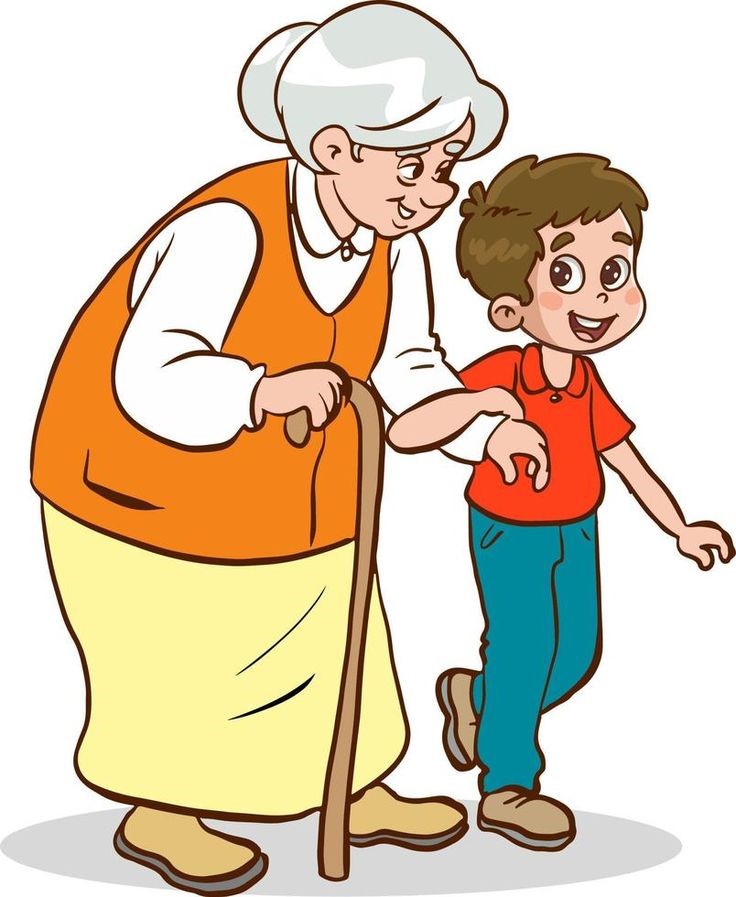
Teaching kids respect is a responsibility that parents, educators, and caregivers share. Here are several compelling reasons why it’s crucial to instill this value from an early age:
1. Foundation for Future Behavior: Early lessons in respect lay the groundwork for how kids will interact with others throughout their lives. The habits they form now will influence their future relationships.
2. Conflict Resolution: Respectful individuals are better equipped to handle disagreements and conflicts. By learning to value others’ perspectives, kids can navigate challenges more effectively.
3. Positive Learning Environments: In schools and social settings, respect contributes to a positive atmosphere. When kids treat one another respectfully, they are more likely to collaborate and engage in meaningful learning experiences.
4. Character Development: Respect is a key component of good character. Teaching kids to be respectful helps shape them into compassionate, responsible adults who contribute positively to society.
5. Safety and Security: A culture of respect fosters a sense of safety. When kids feel respected and valued, they are more likely to take risks, express themselves, and explore their identities.
Conclusion:
Teaching kids to respect others is a journey filled with critical lessons and meaningful experiences. By understanding respect, modeling appropriate behavior, fostering empathy, encouraging respectful dialogue, and reinforcing positive actions, we can sculpt a generation of responsible, compassionate adults ready to engage positively with the world around them.
FAQs
1. Why is teaching respect important for kids?
Teaching respect lays the groundwork for healthy relationships, strong communication, and a peaceful community.
2. How can I address disrespectful behavior when it occurs?
Address it calmly by explaining why the behavior is unacceptable and discussing alternative responses that show respect.
3. What age is appropriate to start teaching respect?
It’s never too early to begin teaching respect. Young kids can learn basic concepts through modeling and discussion.
4. How can schools implement respect education effectively?
Schools can integrate respect education into their curriculum through discussions, role-playing exercises, and class commitments to fostering a respectful environment.
